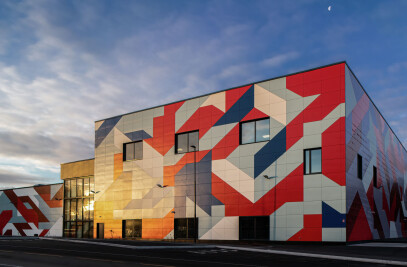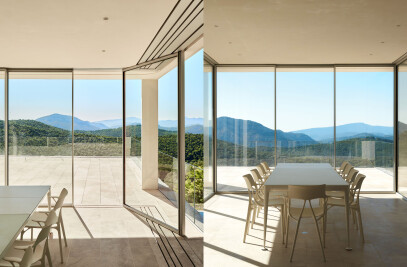Foundations: What is the Metaverse?
Metaverse is an immersive online virtual world facilitated by the integration of augmented reality (AR), virtual reality (VR), 3D holographic avatars, video, and other communication methods.
Accessed via a browser or headset, users in the metaverse can have real-time interactions with one another within the confines of a digital realm. With the help of this unique technology, people are able to fulfill escapist fantasies, live parallel lives, and explore digital realms of their choosing by assuming customised avatars in a virtual extension of our world.

Structure: How did the metaverse come to exist?
‘Metaverse’ is a phrase first coined by American writer Neal Stephenson in his 1992 science-fiction novel Snow Crash. The book envisions a VR-based world in which people use digital avatars to escape a dystopian existence. Sound familiar? It should. In recent years, as socio-economic and environmental problems have grown exponentially, so too has an interest in the development of VR, AR, and the metaverse.
At present, there are actually a series of disconnected metaverses in existence including Fortnite, Roblox, and Decentraland among others. It is worth noting that this is not dissimilar to the early ‘walled gardens’ iteration of the internet (darpa.net, bit.net, or aol.net). These strands were eventually subsumed to create the internet we know and use today.

Each of these microcosmic metaverses has attempted to stake a claim on what many believe to be the future of technology as there seems to be an overwhelming general consensus that the metaverse will eventually come to exist as one comprehensive whole.
The development of the metaverse has picked up rapidly in recent years. This is, in part, thanks to the collective recognition of it being a potentially lucrative venture.
A Forbes article recently reported that “Republic Realm, a company that develops land in the Metaverse, recently paid $4.3 million for a piece of virtual land in the metaverse-world Sandbox.” This is but one pricy precedent. Another article, this time published on the online technology journal The Information, predicts that by 2025 the metaverse will be worth ¢82 billion. This explains why forward-facing companies continue in their pursuit to monopolise the metaverse; a lot is at stake. While the sixties may have been defined by the Space Race, the scramble to establish the alpha metaverse continues to loom over the twenty twenties; a Digital Space Race – albeit for a different kind of space.
Perhaps the most prominent claim in cultural consciousness is that of Facebook founder Mark Zuckerburg, who back in 2021, renamed his aforementioned company ‘Meta’. Zuckerburg hopes to build on Facebook’s success and the metaverse is something he’s seemingly willing to bet his entire legacy on. So, if Zuckerburg hopes to own the metaverse, then who will build it?

Form: What is the future of architecture in the metaverse?
While architects and designers are often restricted by real-world socio-economic and environmental problems; in the limitless void of the metaverse, the possibilities are endless. Furthermore, knowledge exchange, collaboration, and social interactions are at the core of the metaverse; qualities that lend themselves nicely to the architecture and design sector.
Back in March 2021, Mars House, the world’s first digital Non-Fungible Token (NFT) – an encrypted token with the artist’s signature on the blockchain to verify authenticity – home sold for $500,000. The development of NFTs is also a critical factor in the recent emergence of the metaverse.
While some may dismiss the metaverse as merely a digital fad, reputable practices such as Zaha Hadid Architects are already signaling their support by designing for the emerging digital realm.
Much like the physical world, the metaverse would be wise to enlist architects, designers, and those with valuable real-world experiences in creating spaces; transferable brick-by-brick skills for a pixel-by-pixel age.


























